Our Blog - Saint-Jean-de-Luz
So ... how far have we gone now? Don't look at the time (we did it over a couple days) but you can see our routing so far, up to Saint-Jean-de-Luz.

Now very much in Basque Country, we are almost in Spain. Thanks to its strong sea walls that protect the town from the full savagery of the Atlantic Ocean, it has become a favorite for bathers across the Basque Coast. Although the seaside resort itself is relatively recent, the port itself is several centuries old, with the most prominent point in its history being the marriage in 1660 of Louis XIV and the Spanish princess Maria Teresa (you'll see more on this later). Its wealth stems from its port and its past, with the town being associated with both fishing (whaling and cod), and with the capture of vessels by its own Basque pirates This prosperity reached its height during the 17th Century, which is still considered as the town's "Golden Age." During this period, Saint-Jean-De-Luz became the second largest town in the Labourd region with a population or around 12,000, just behind Bayonne.


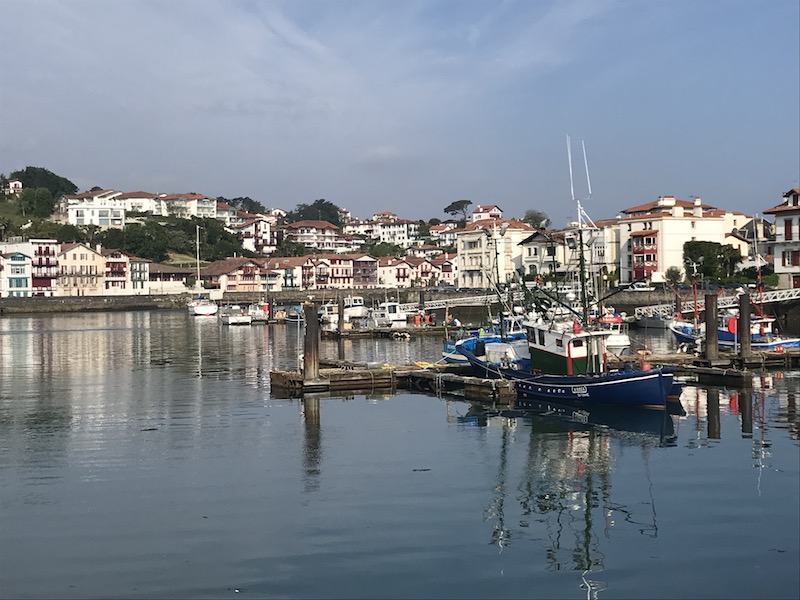
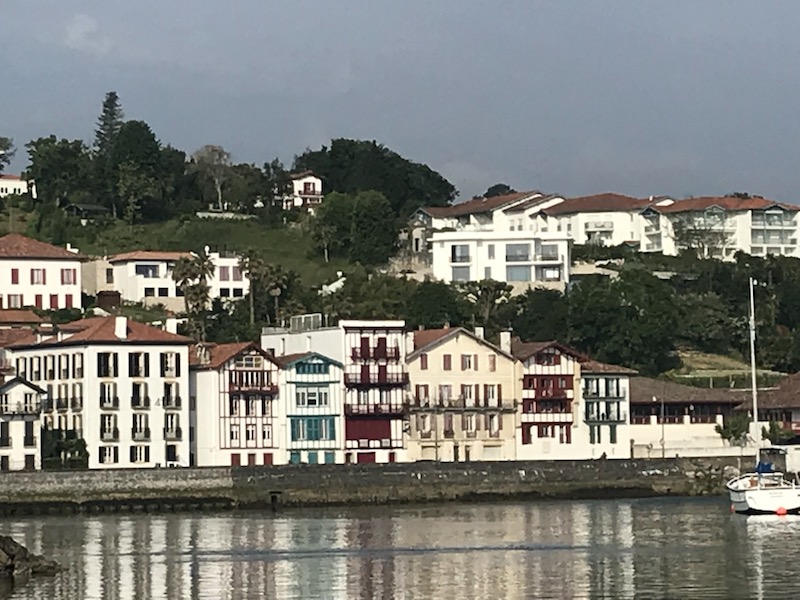
There is a very "typical" look of the houses in town ... white with red trim and a lot of the trim being X shaped. The red color, called Basque red, came from beef blood being used at the time as a dye. The 2nd house was built in the 16th century and then updated in 1690 to add the front door and the oval-shaped bull's eye windows on the ground floor. The 3rd house is called the 3 Canons House, as it has 3 gargoyle's in the shape of miniature cannons affixed to the top to prevent rainwater from dripping down the front of the house.
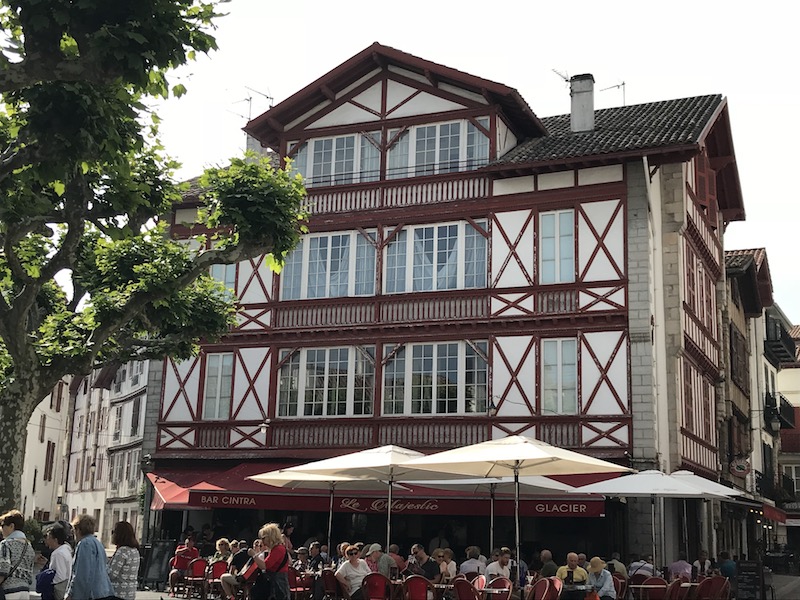



The town was developed on a marshland at the mouth of the Nivelle River. By the end of the 19th century, the town council decided to redevelop the remaining "marsh" area including moving the cattle, horse, and pig market. You can imagine the smell when you mix animal markets with a swamp! The new market, Les Halles, was opened in 1884, then renovated in 1922. The architect is André Pavlovsky (you'll hear this name again also).
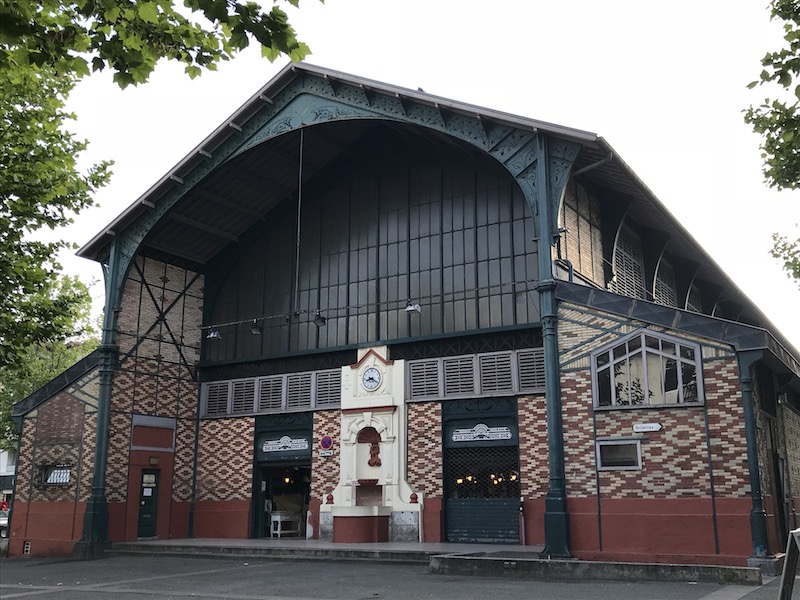


Next up is the Town Hall. It was built when the mayor got tired of holding meetings in the church porch in 1656. The design was a bit interesting, as supposedly one of the two extensions (meant to be independent residences) was done specifically to restrict the view of the occupant of a neighboring house, who had shunned his advances. In honor of King Louis XIV, a statue of him was placed in the courtyard in 1932.
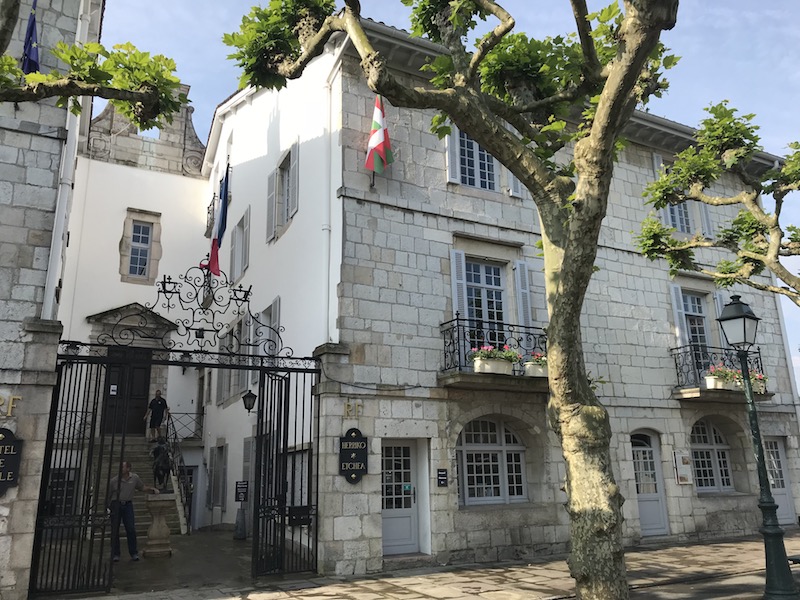

Next door to the town hall is the Maison Lohabiaguenea, built between 1643 and 1645 for a wealthy shipowner. It is normally called the "House of Louis XIV" even though he actually didn't own it (ever). In 1659, the Treaty of the Pyrenees ended the war between France and Spain, basically by an arranged marriage between King Louis XIV and Maria-Teresa, the Infanta of Spain. The marriage took place in Saint-Jean-de-Luz and for about 5 weeks, Louis XIV and his court took up residence in the town and Louis lived in the 2nd floor of this house.
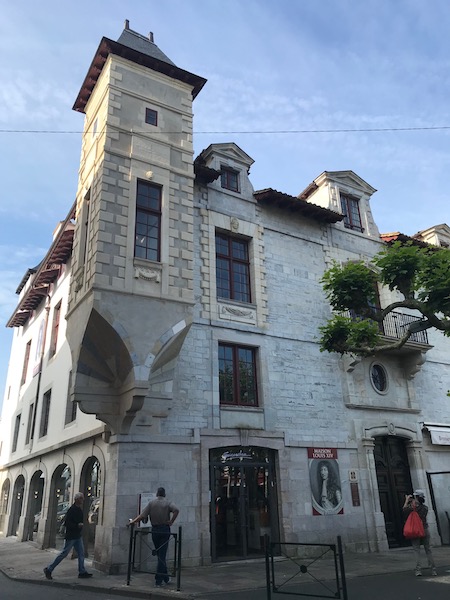
For the wedding, this house was where Maria-Teresa stayed, as well as hosting Anne of Austria, Queen Mother (of Louis XIV). It was built in the late 16th century for a sea captain and wealthy shipowner. You may think this looks different than some of the other houses, and you would be right. It has a more Venetian-style to it with double gallery arches, regularly spaced windows, colonnades, and a pink color.

This is not a surfing destination as the water is too calm, thanks to 3 large sea walls built by Napoleon III in 1864 (well, started in 1864 but not finished until 1895).
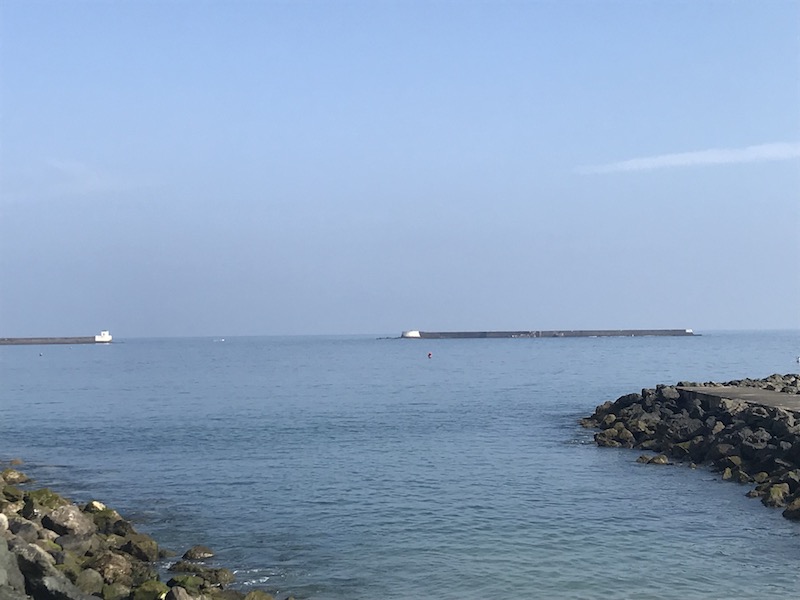
While no surfing, the sea walls make a great beach for swimming.
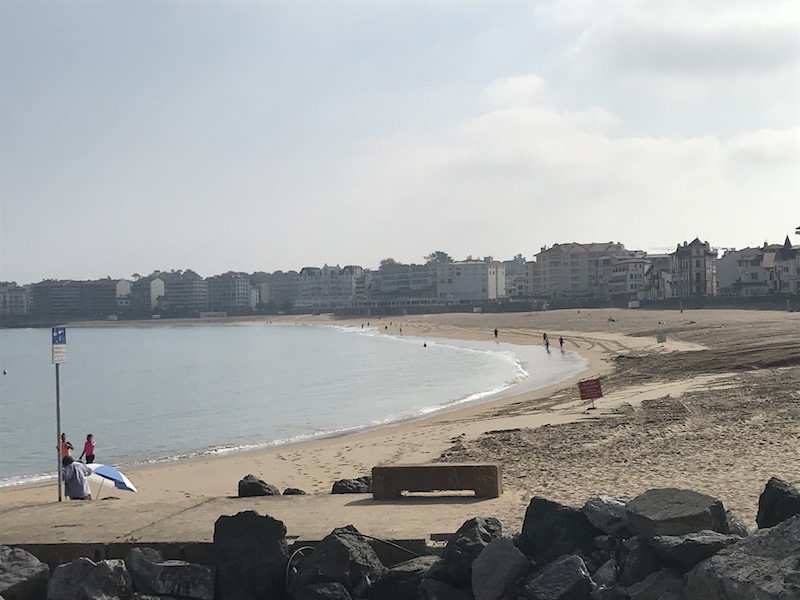

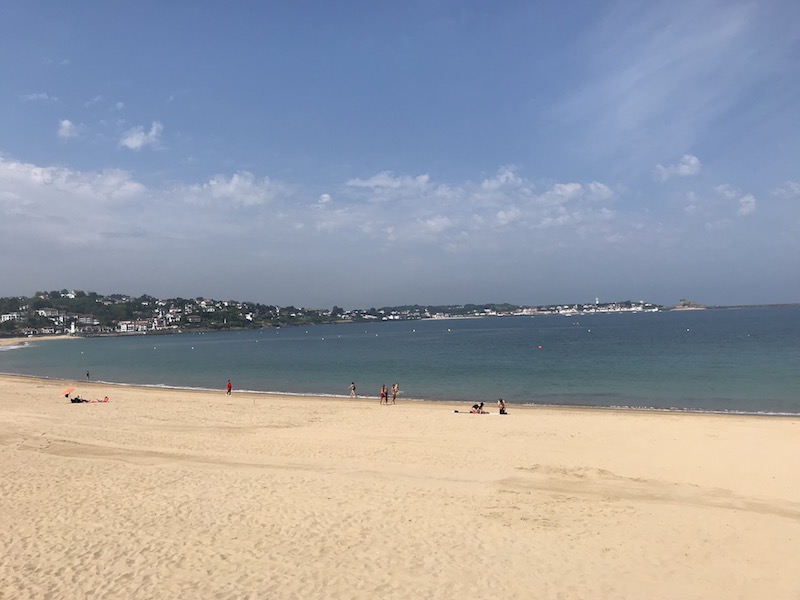
This is a place recommended by Rick Steves, and we had a couple macaroons. Mind you .. these were a bit different than the macaroons that we are used to ... it had the 2 cookie parts, but no cream interior.
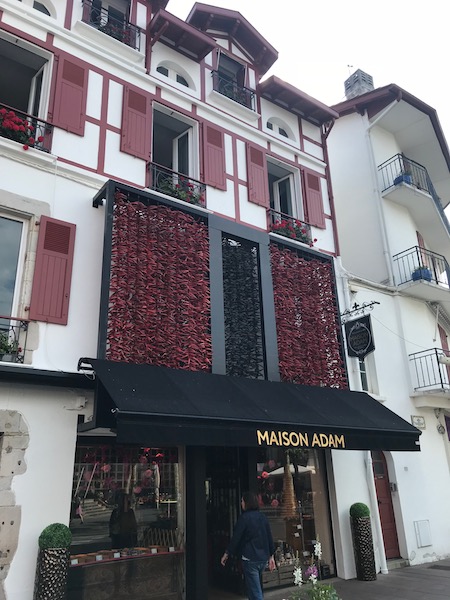

I'm not really doing all of the meals, but we did want to show what was left of our dinner, just the head! Being right at the ocean, we had to have fish.
